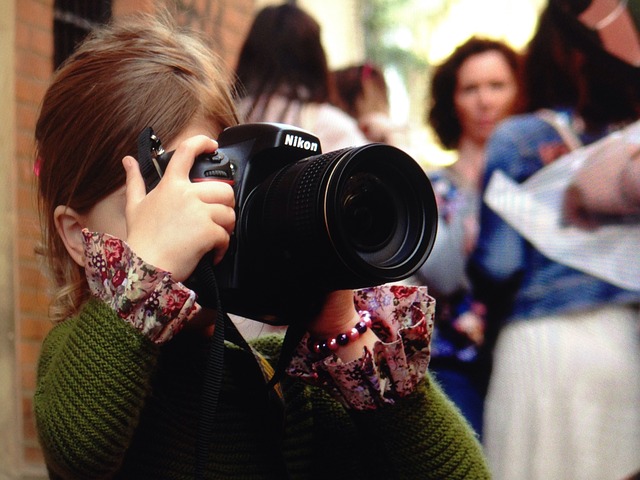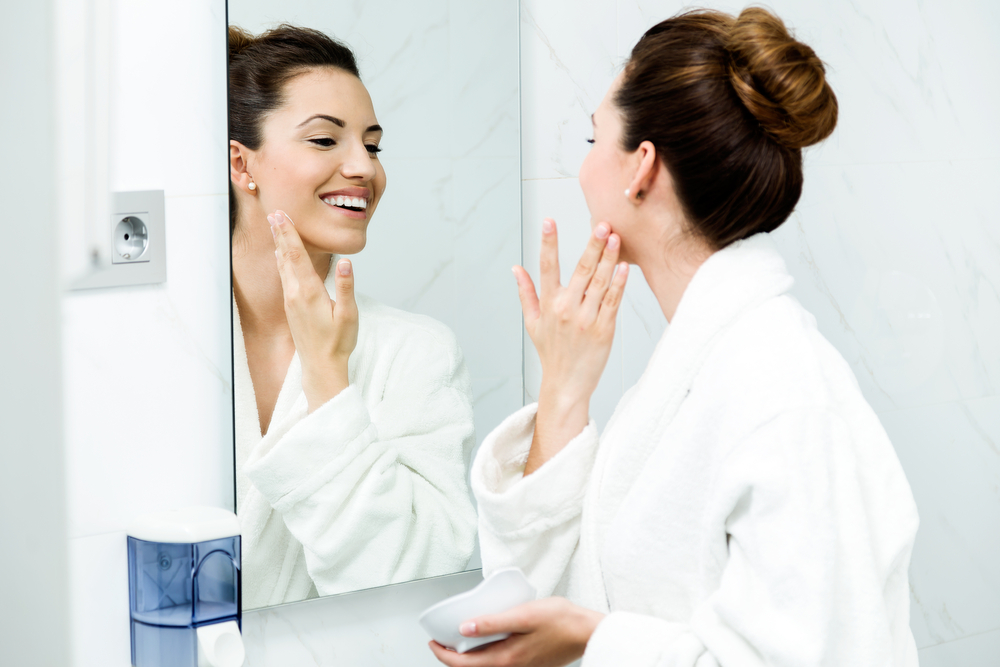
Here’s probably the best tip of all – don’t go rushing out and buy the best, state-of-the-art camera that you can get.
It’s hardly likely that photography has seldom entered your head and you woke up one day thinking “I want to be a photographer!”. The desire is there, or it isn’t. Chances are you’ve been snapping pictures with your smartphone a lot. The purists will tell you that phones are good for selfies and that’s it.
If you want to get into photography truly, madly deeply, you have got to use a camera. Hopefully, there is a camera lying about but if it’s an old passed down through the family one, it probably uses film and is not digital.
The great photographers still swear using film, but it can be hard to get. If you don’t have a digital camera, then you’ll have to rush out and get one. Don’t buy the fanciest camera that you can get. You can get a very decent inexpensive digital camera and that’s all you’re going to need.
Don’t think about buying expensive lenses and filters. The key to your entire photographic adventure is yourself! Hopefully, you’ll have a camera in your cupboard that you used once and then got caught up in something else. If you find it, use it!

Camera settings
Get to know your camera settings. This is the next most tip. If you’ve lined up a great shot and the settings are out, you’ll end up with a dud. This, then, is a vital step forward.
So, with your creative juices flowing, think of what you want to capture on the camera and get to it. You really need to be passionate about what you’re doing, otherwise, it’s not worth your time and effort.
Okay, when you know what you want to shoot, or you come across something that will make a great pic (always have your camera on hand), think of the composition of the picture. Also, think carefully about light and shade. These two elements can make or break a picture. They can also change a picture completely if they are used to “make” your shot.
Spend some time experimenting with light and shade, and composition and take some shots. Are you satisfied with them? Can you see them blown up and hung in a gallery or pasted onto a billboard? If you can see this by looking at your shots (and you’re not kidding yourself), then you’ve taken a good shot.
It’s important that you spend quite some time with this, pursuing this objective with a very critical eye. Experiment until you start getting the shots that are great.
Also, get together with someone that’s into photography (find online) and show the person what shots you’ve taken and what their opinions are. Learn to take criticism well. It’s no use going off to sulk.

Get the help of an expert
Get an expert to show how to handle the settings. There are many and they can be complicated, so spend time over these. After all, knowing what’s what will help you create that perfect pic.
Learn about shutter speed, aperture, and ISO (International Organization for Standardization). You are going to know the different speeds, aperture settings, and so on, for stationary objects and moving objects. Practice until you’re blue in the face, and then practice all over again. Know that the best photographers did not achieve fame and fortune with their first pictures. They spent many painstaking hours on the fundamentals of the camera, just how it works and what its capabilities are before setting off.
If you are thinking of editing your pictures, and you should be if you aren’t, then don’t forget to shoot in RAW. If, at first, you’d rather just stick to shooting, then use RAW and JPEG. Then if you change your mind about editing, you’ll have that stock on hand.
